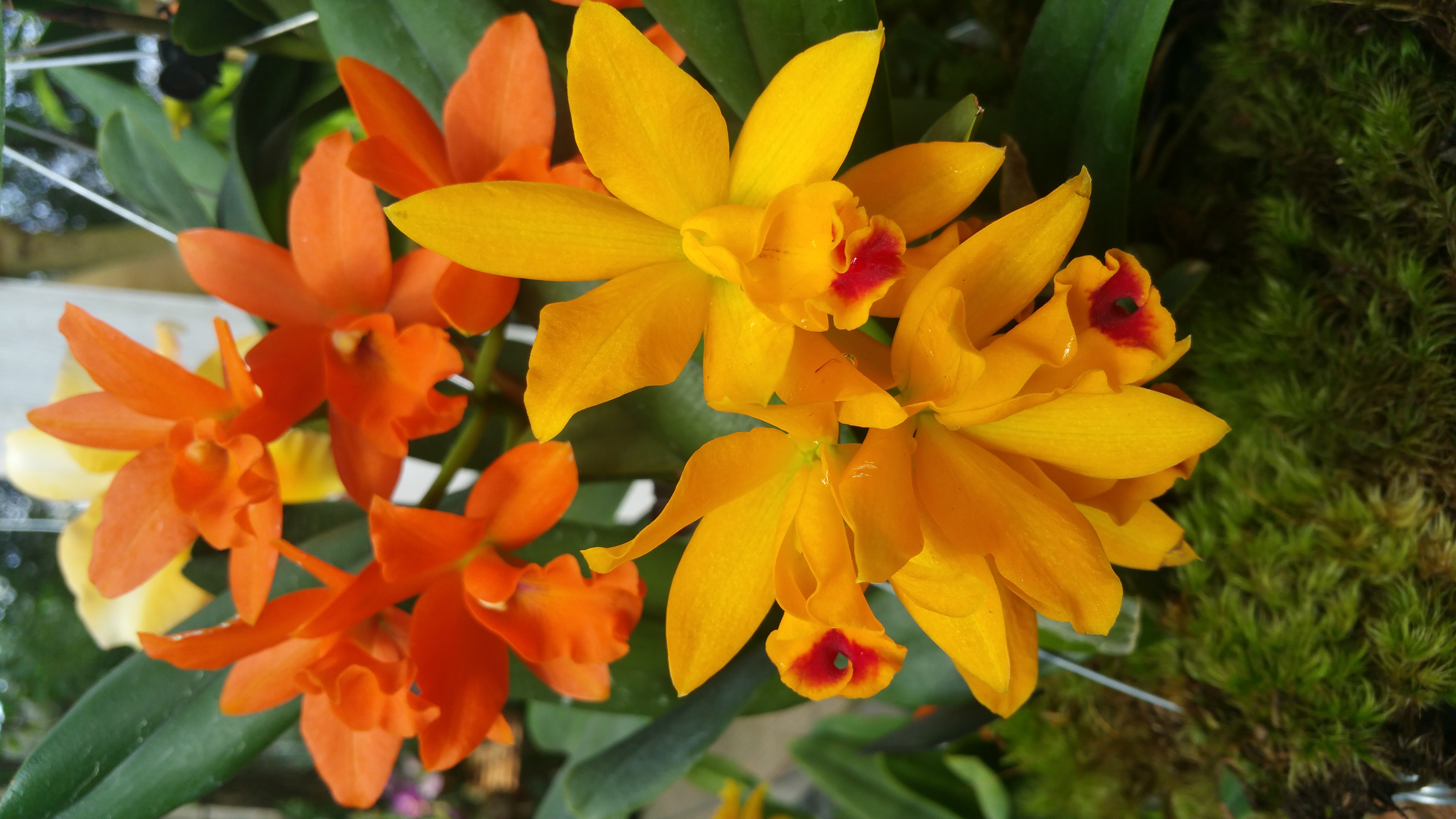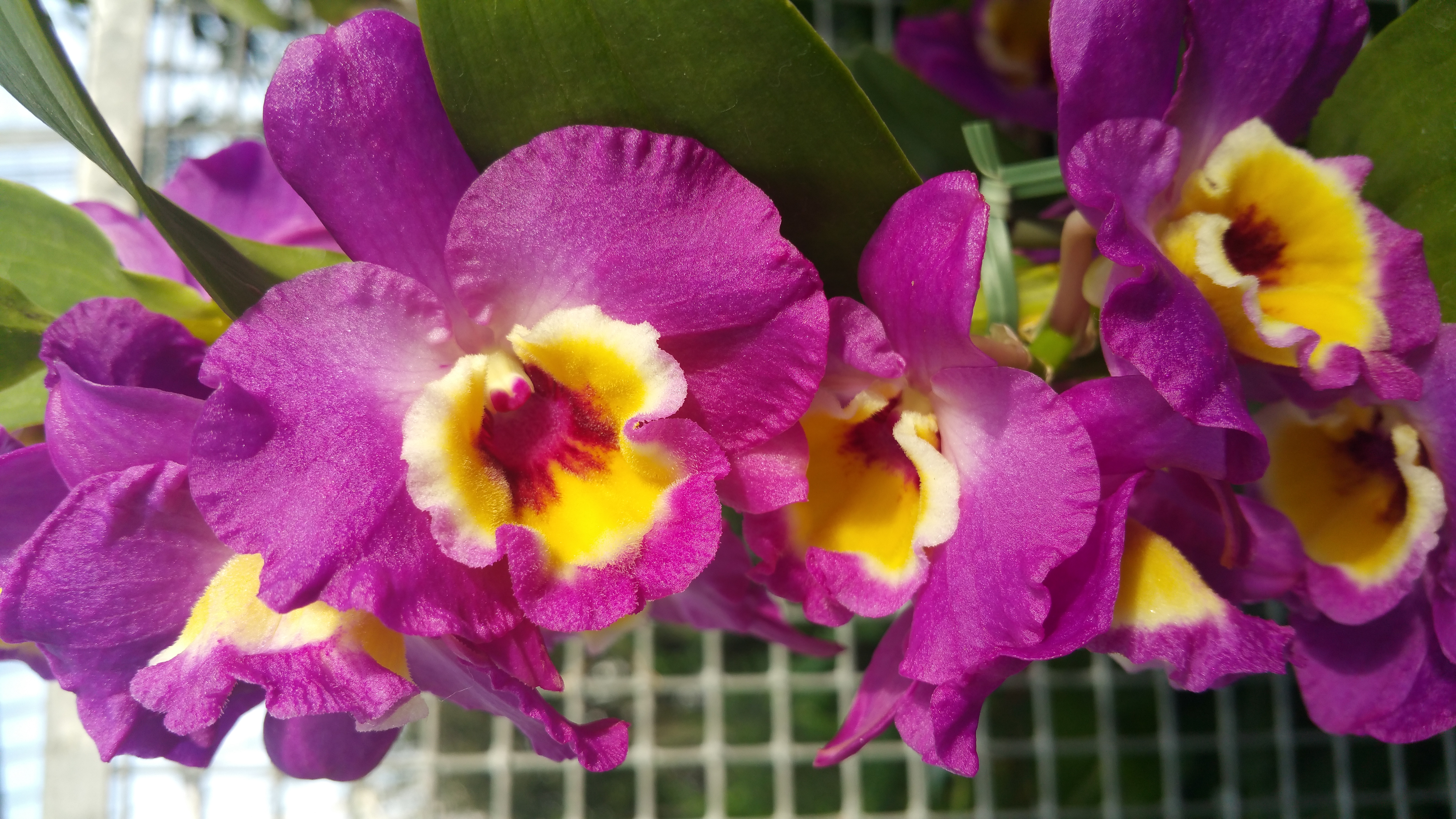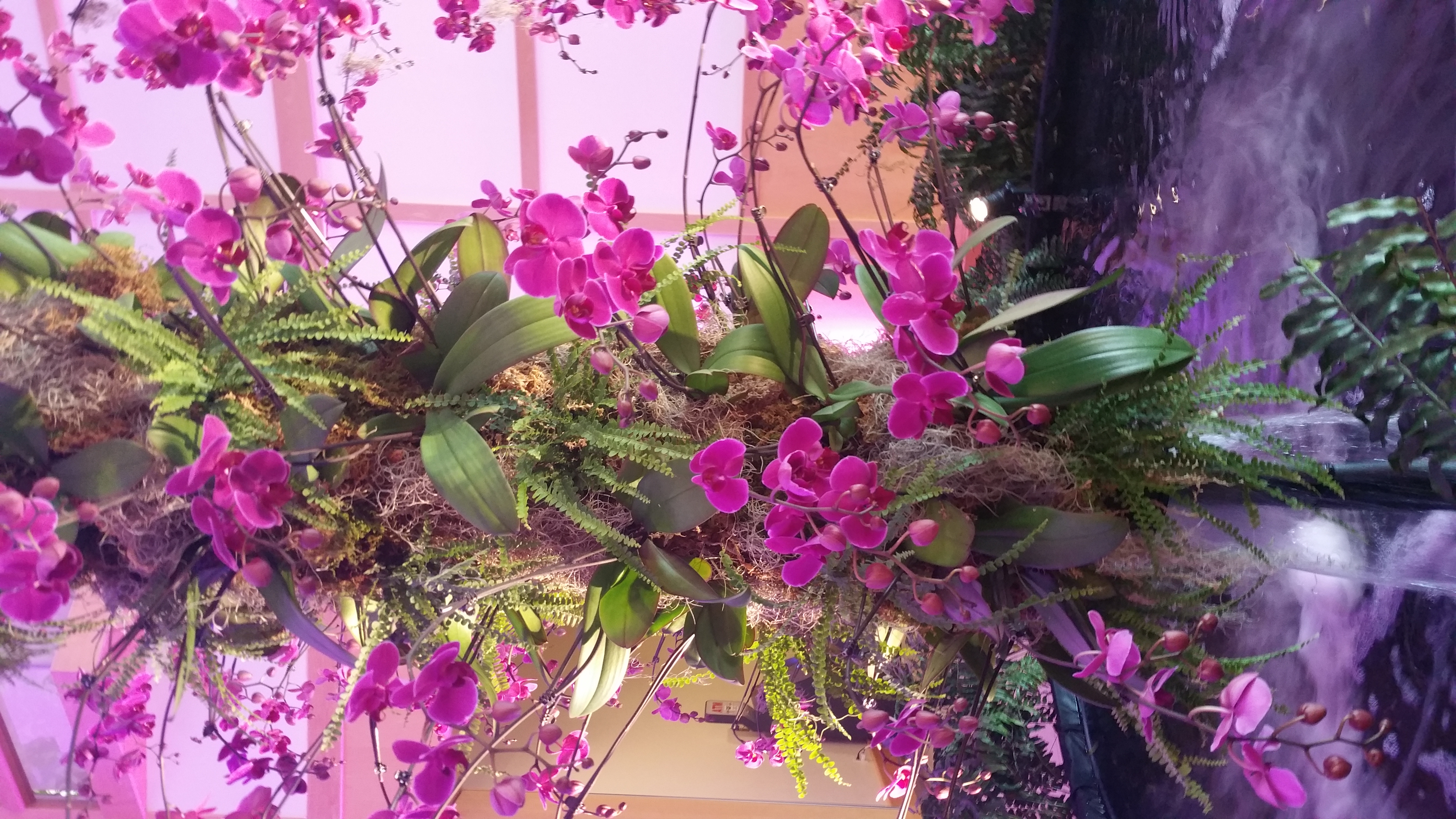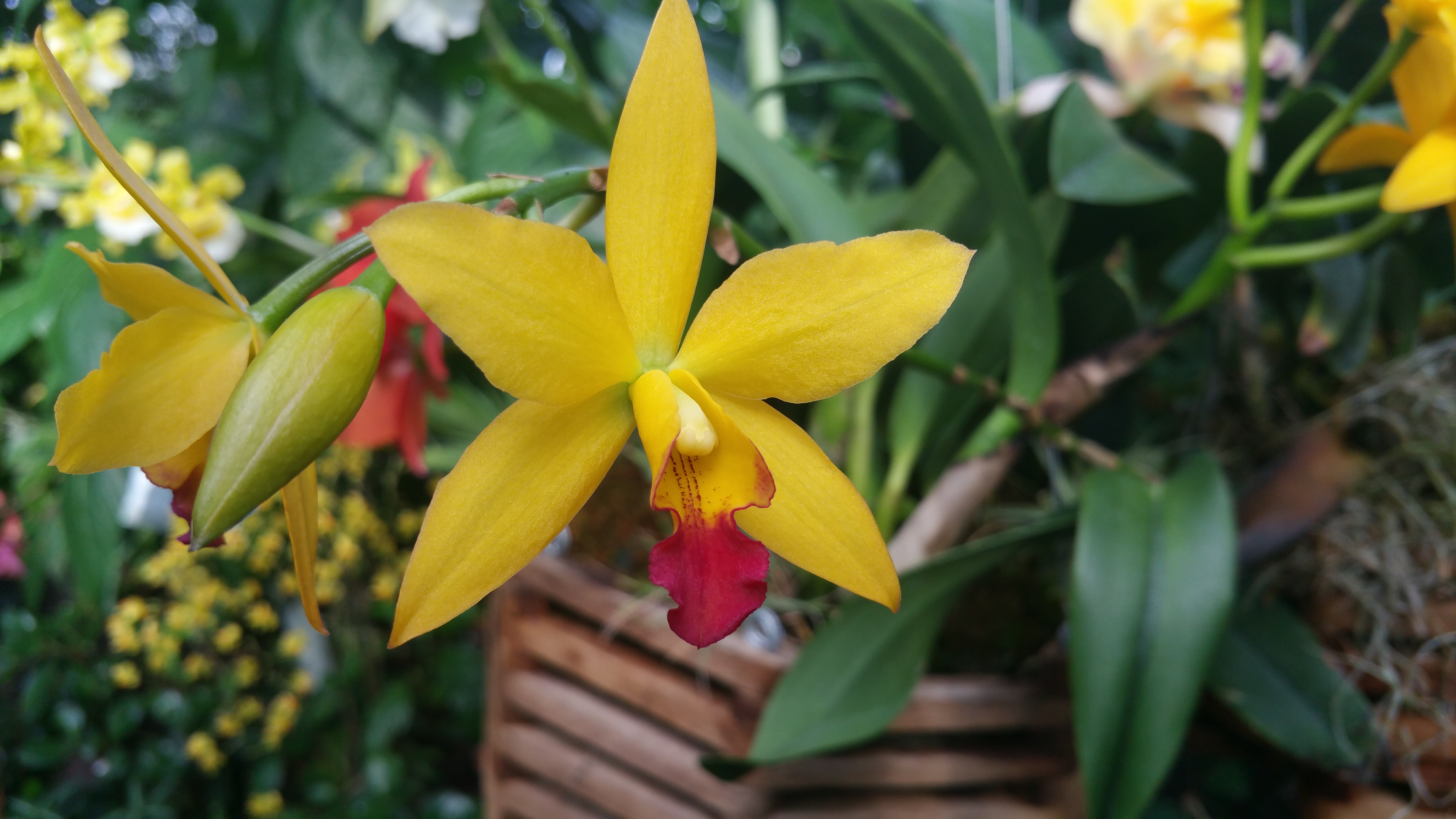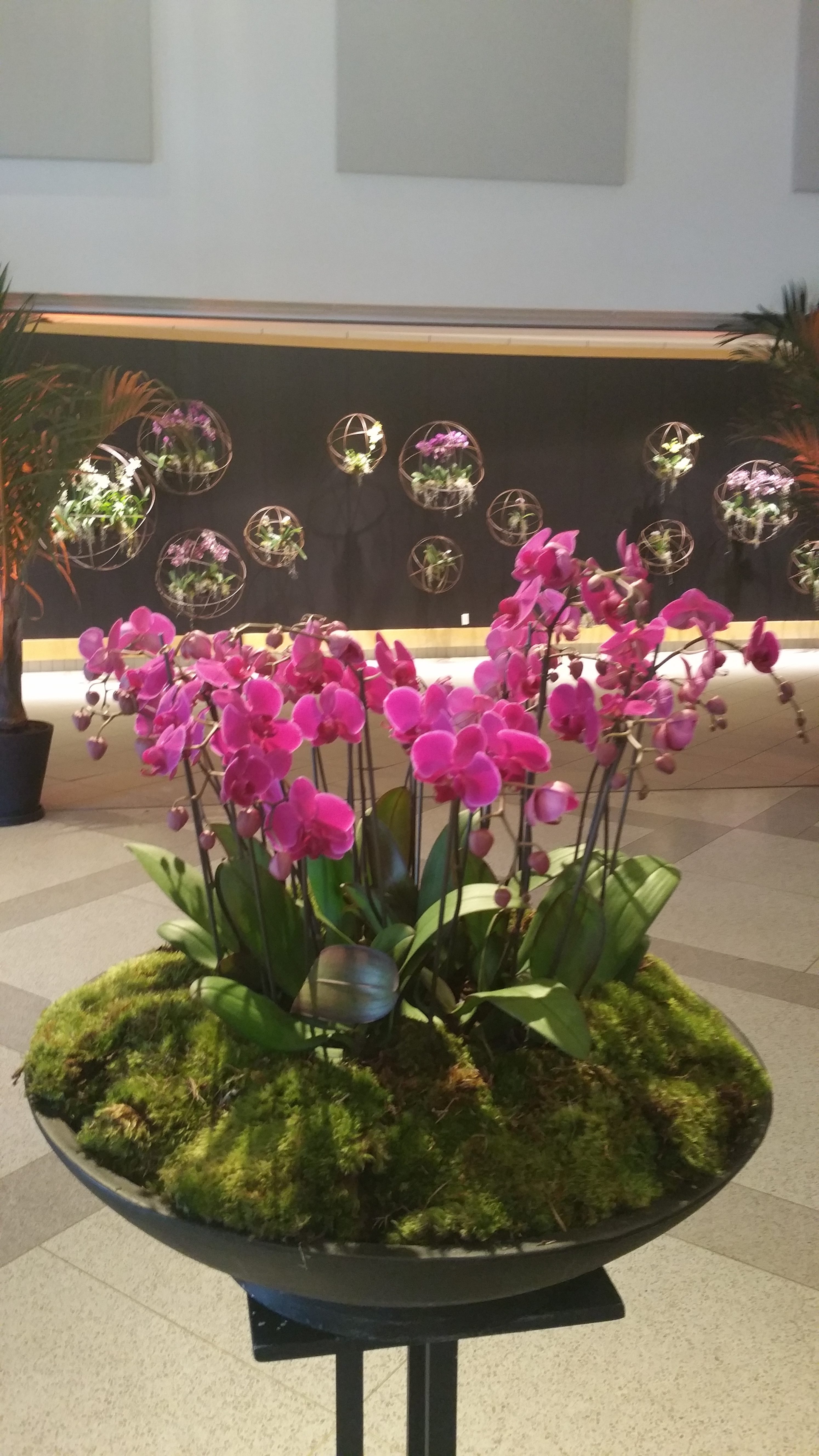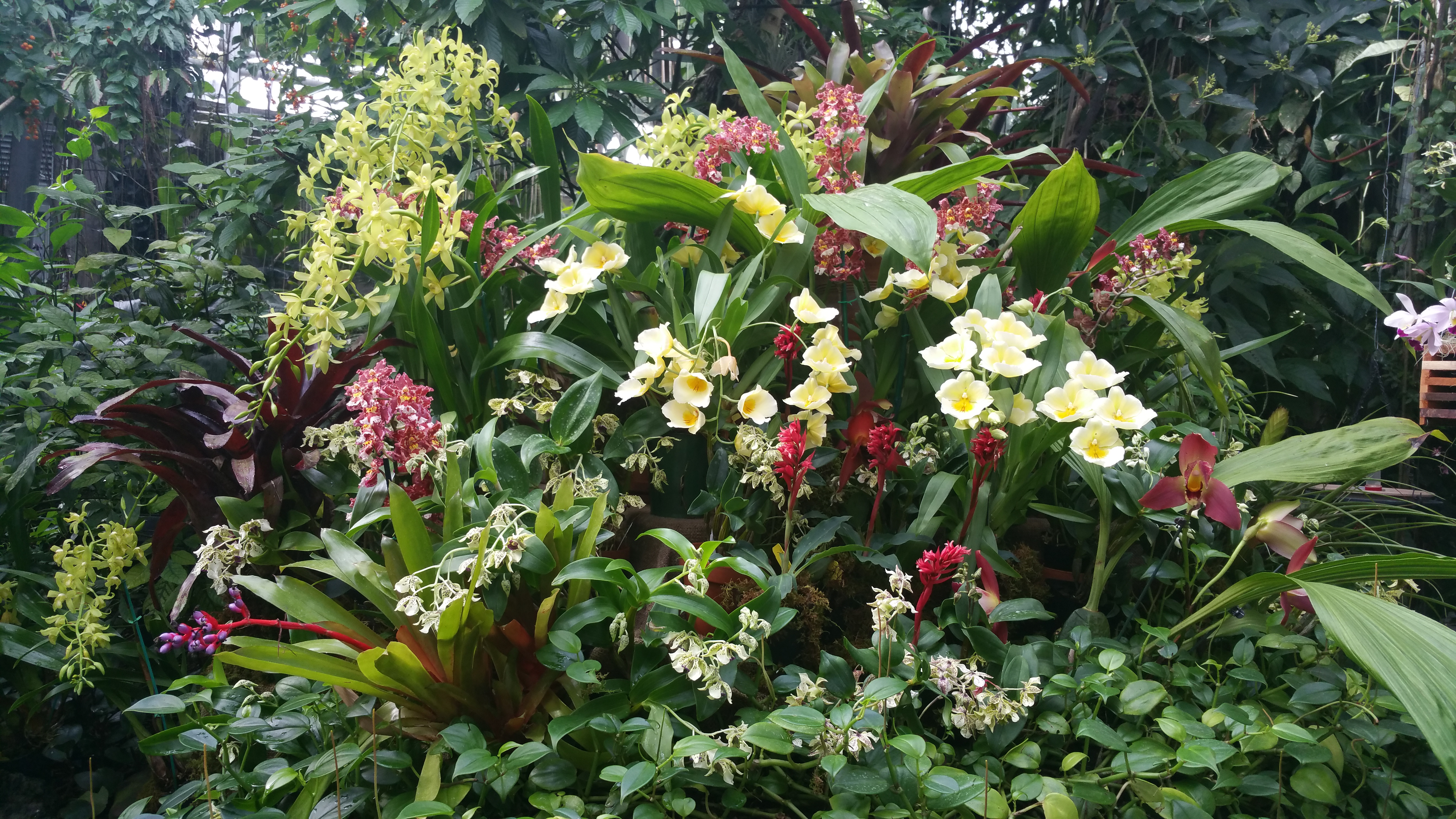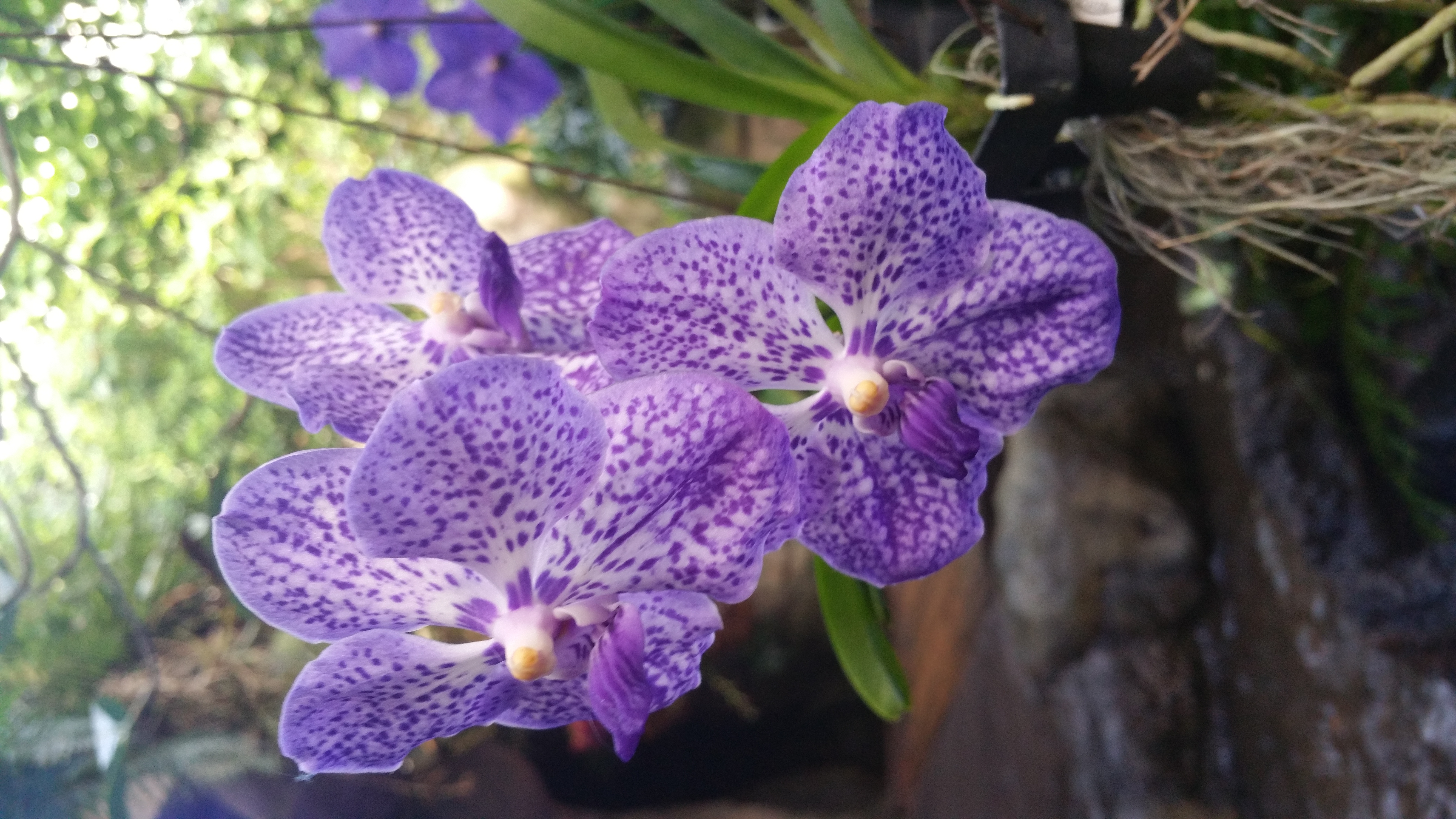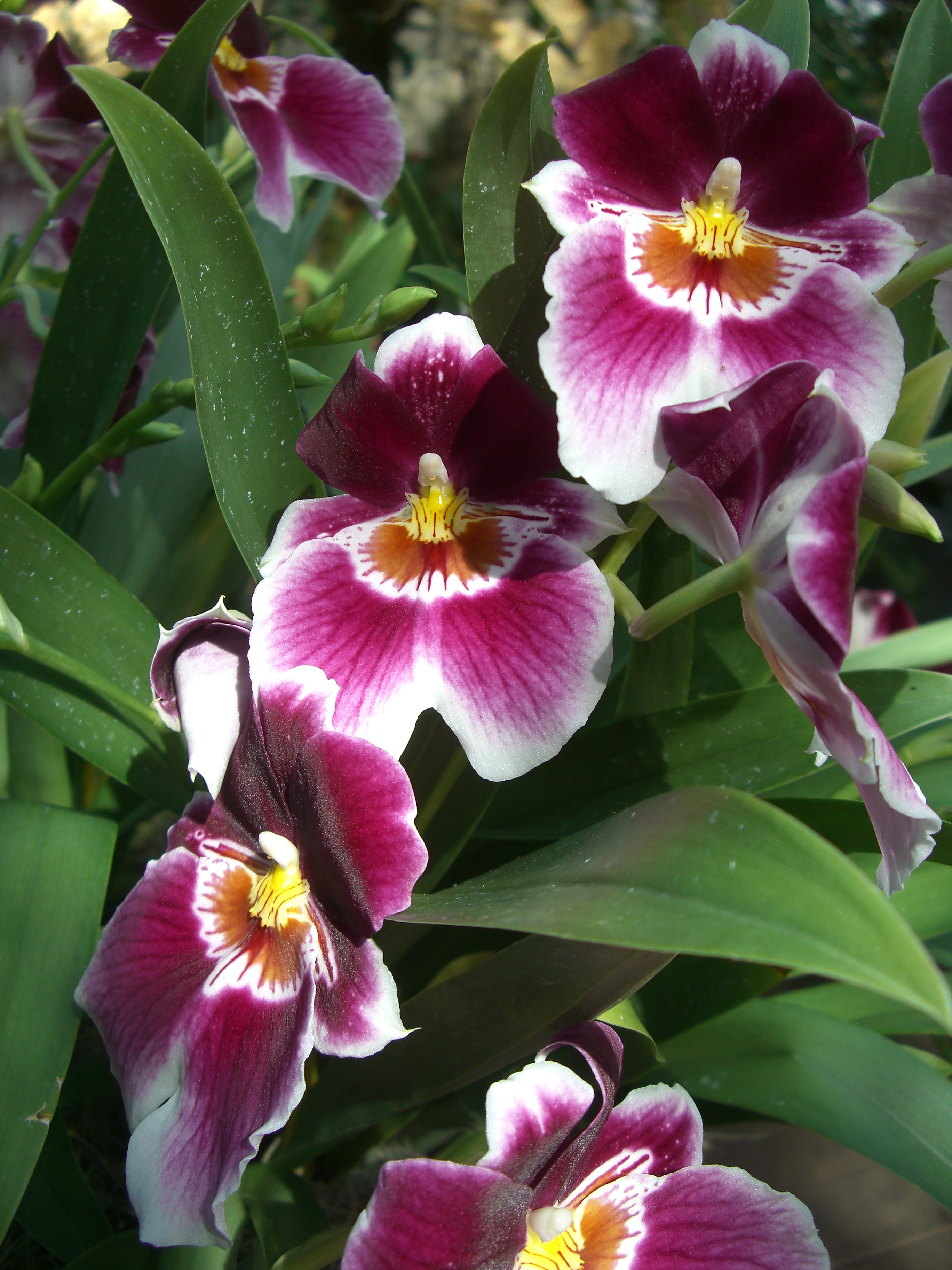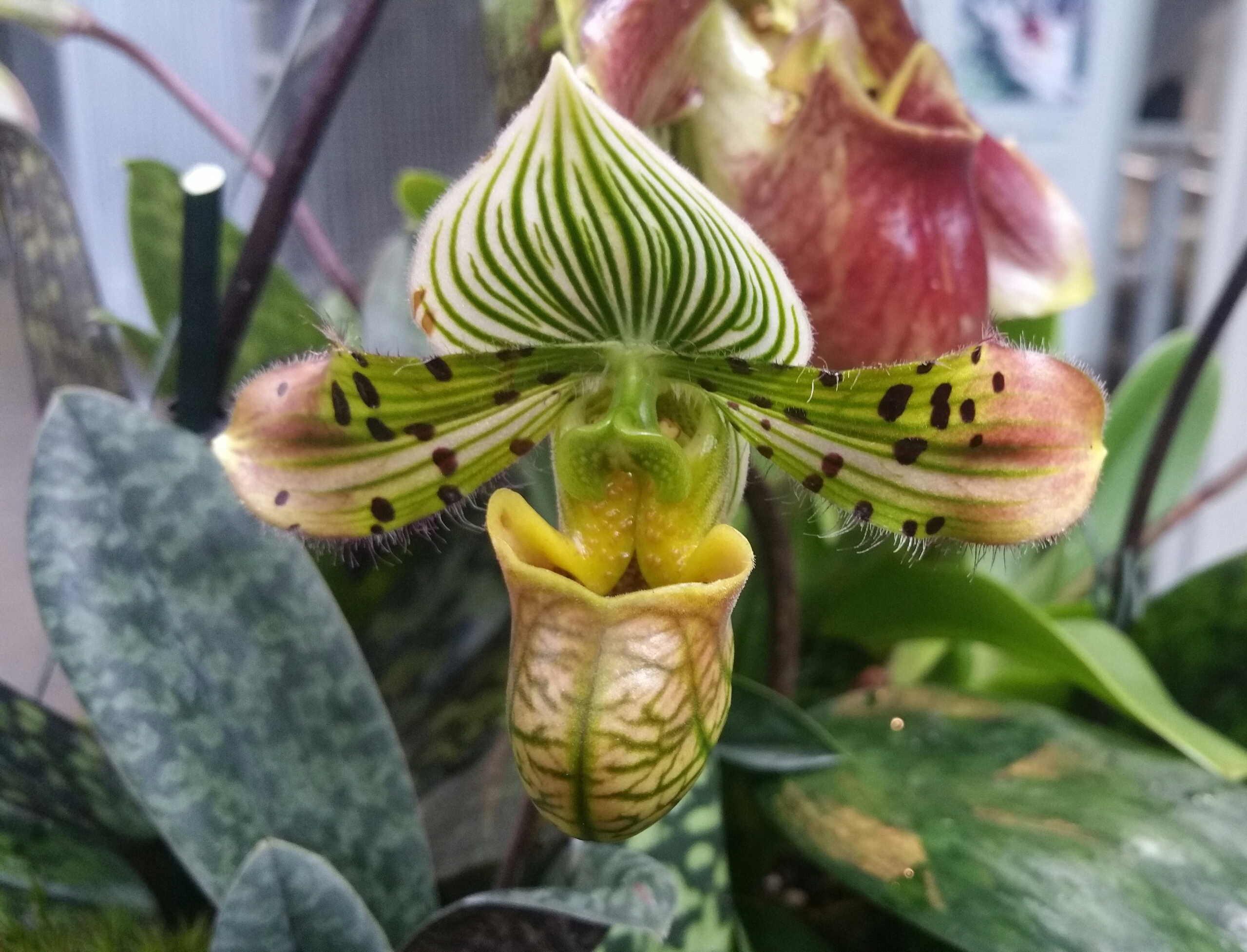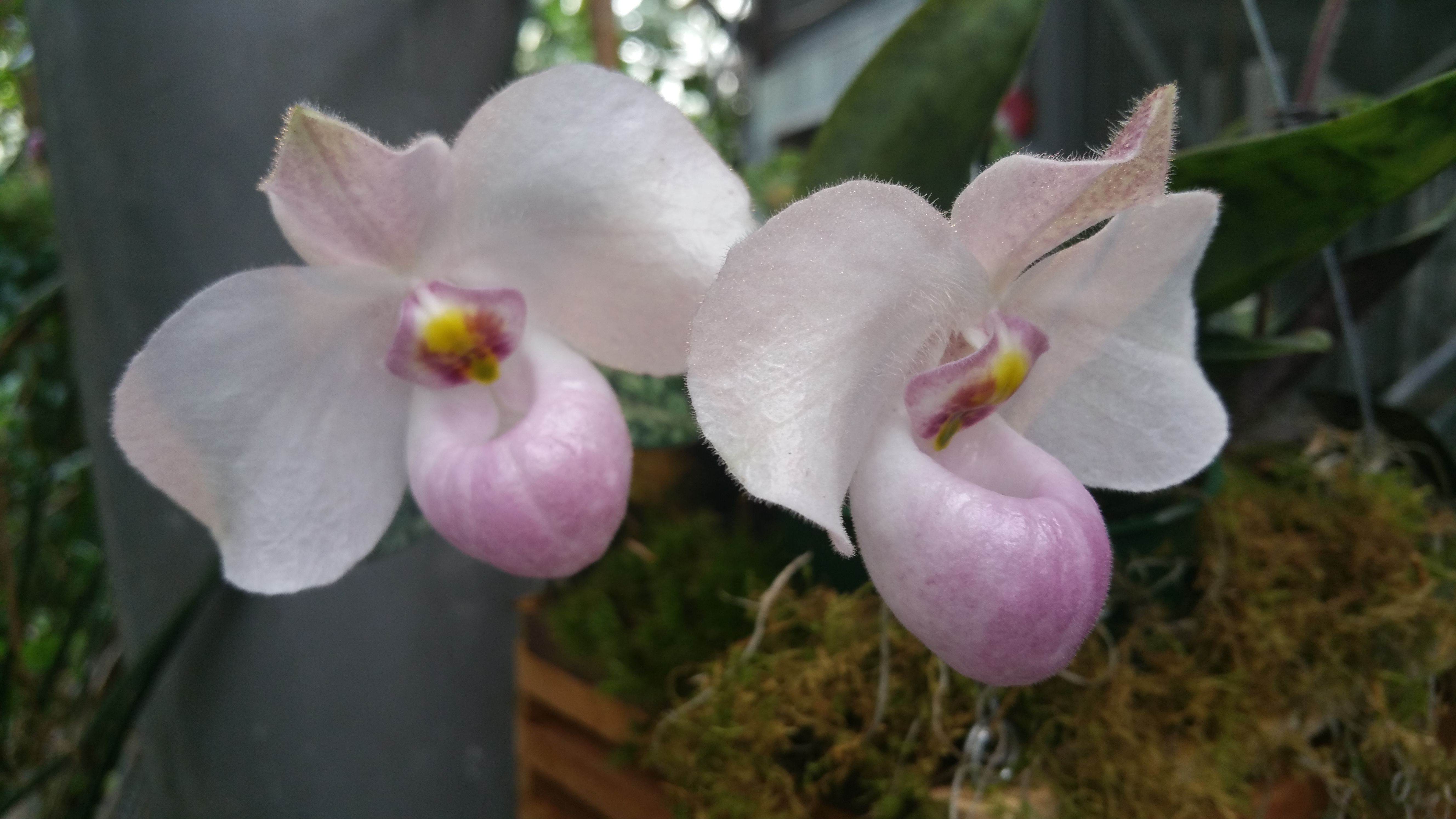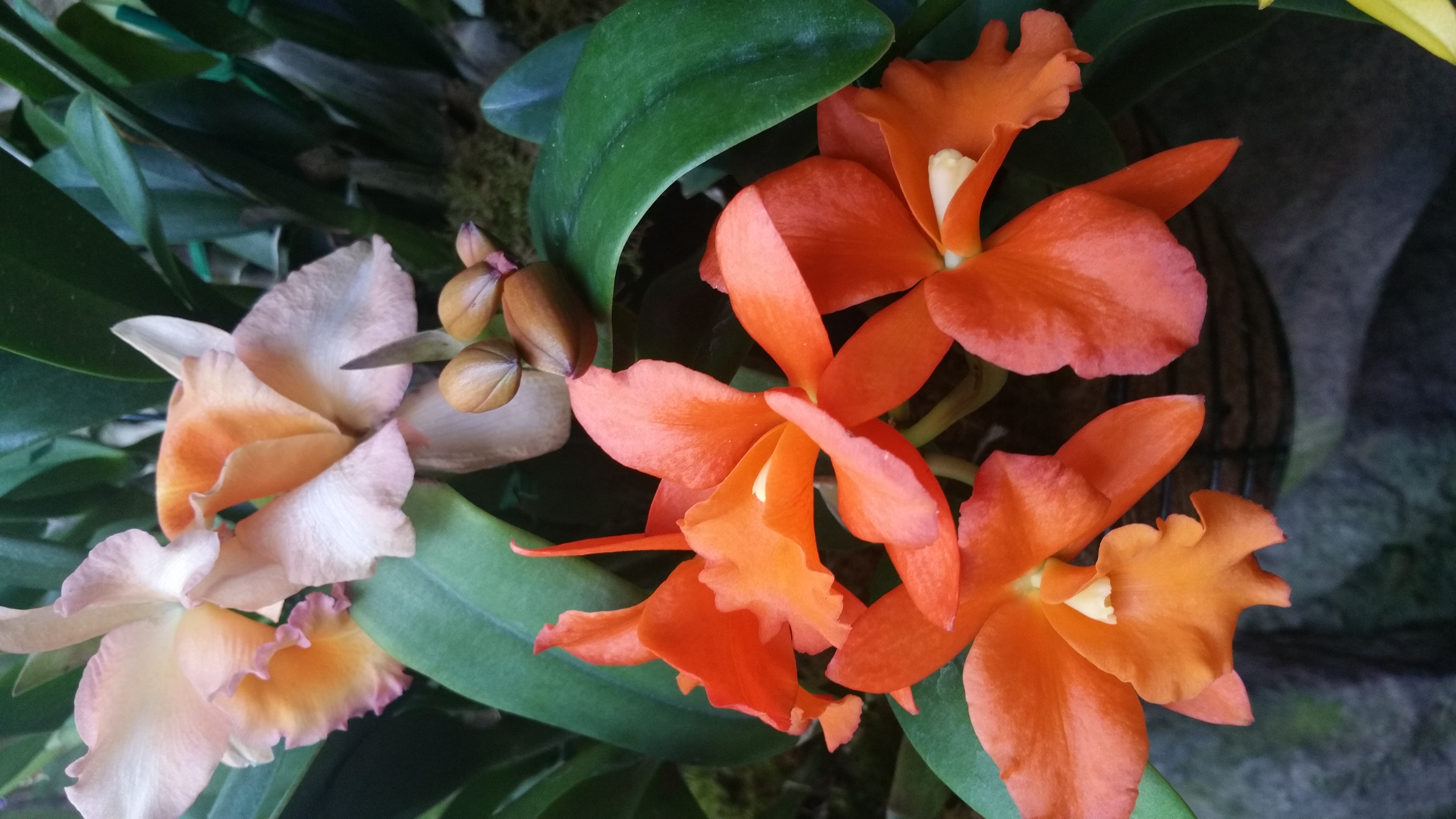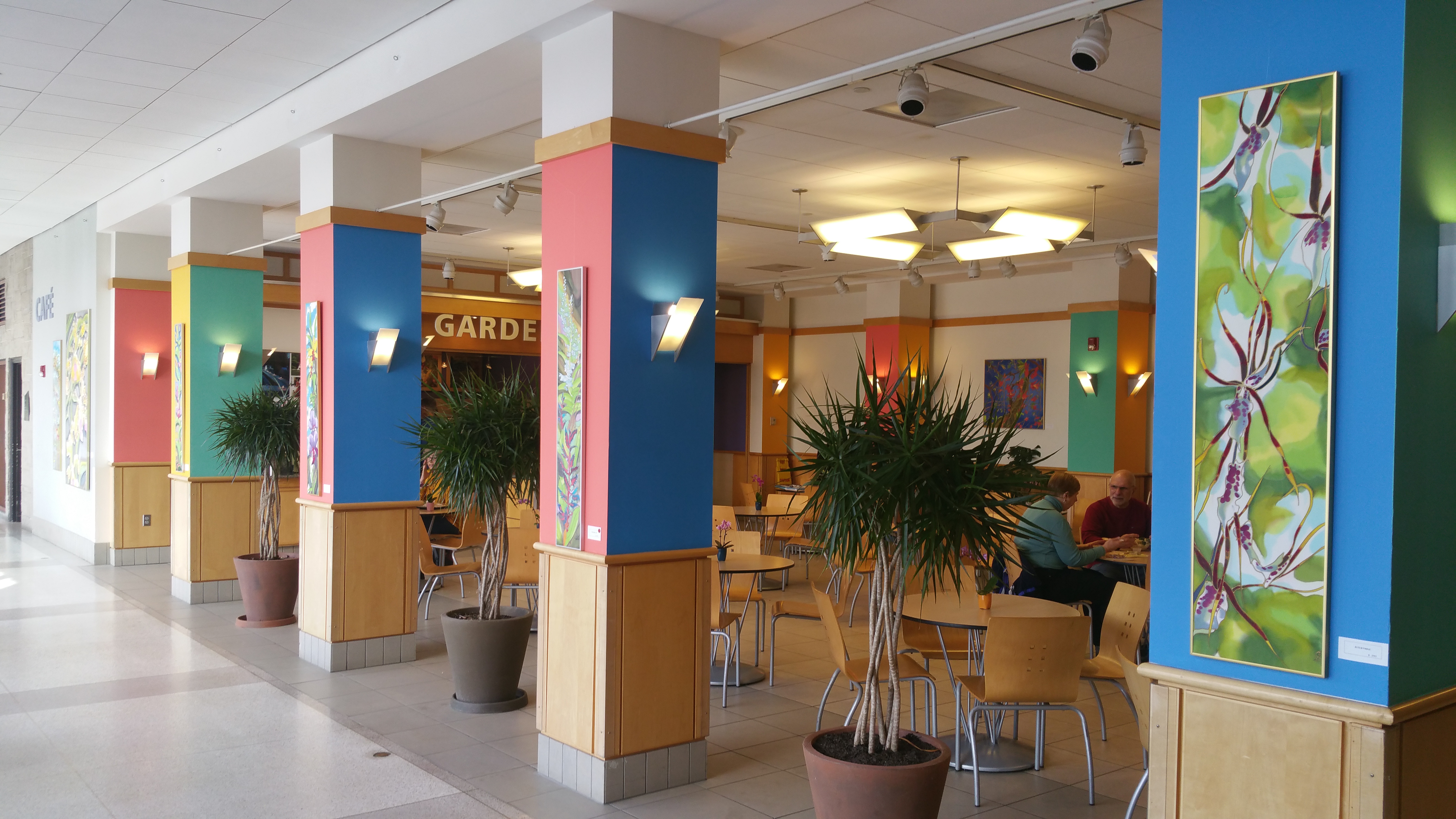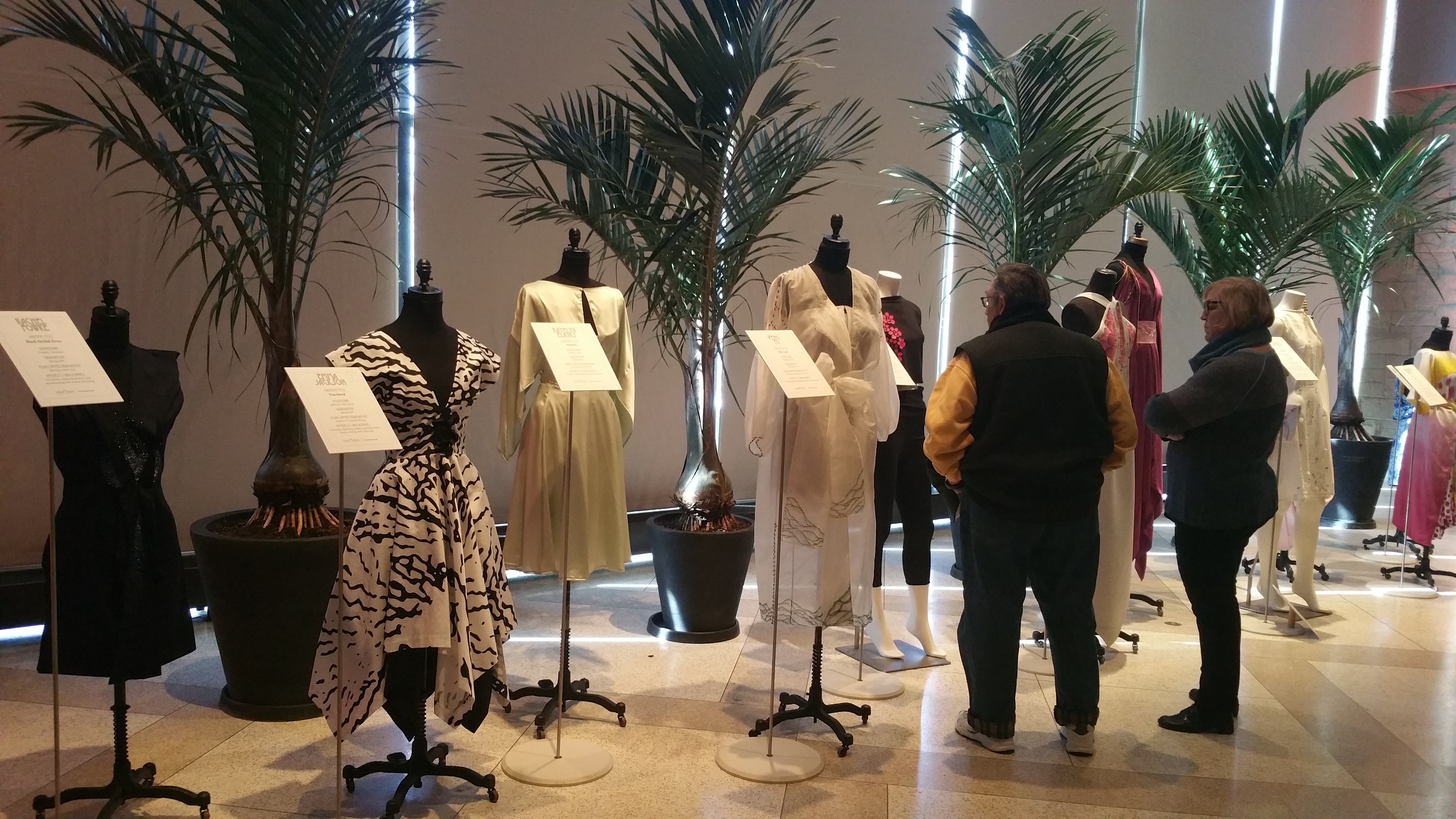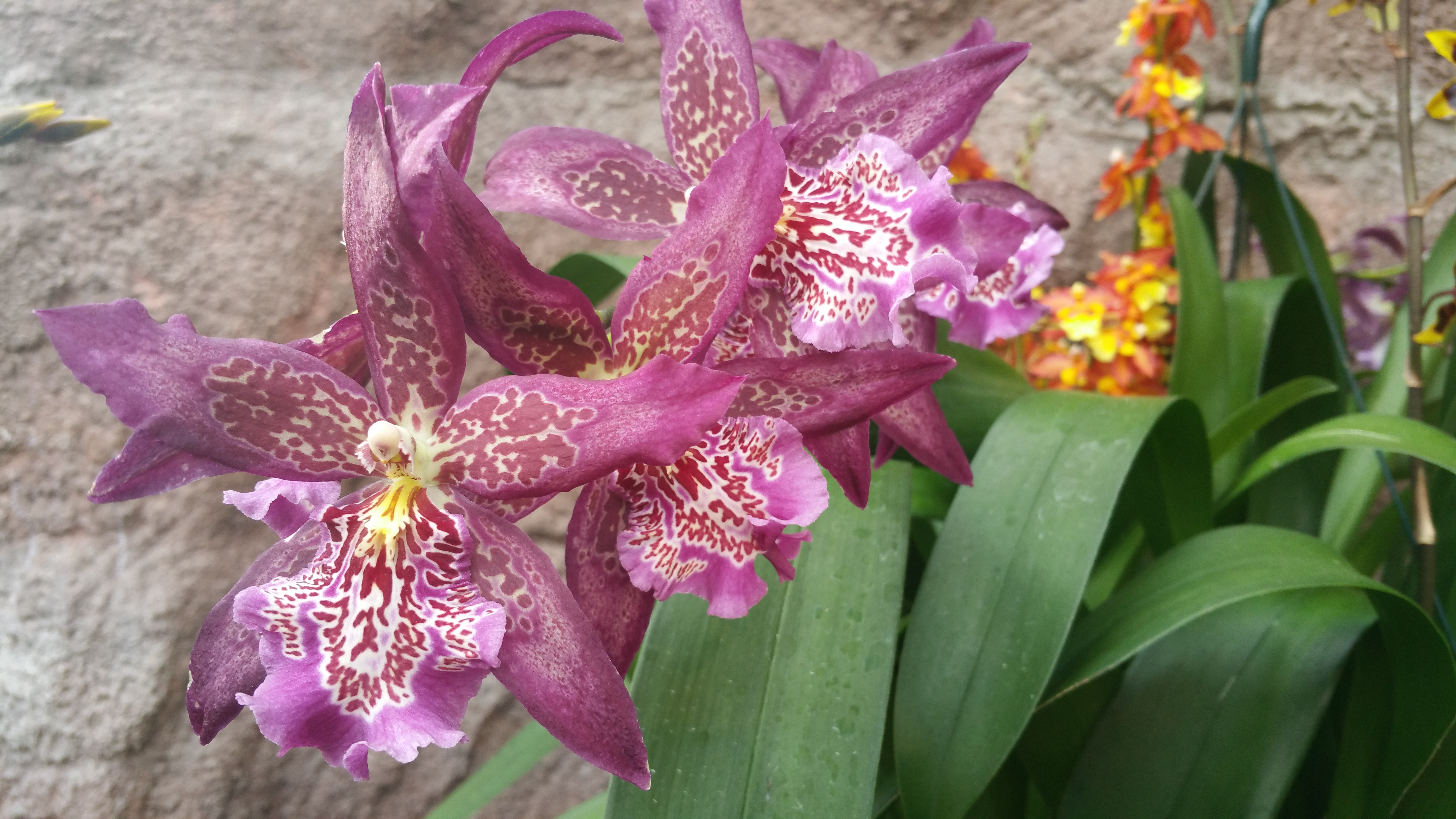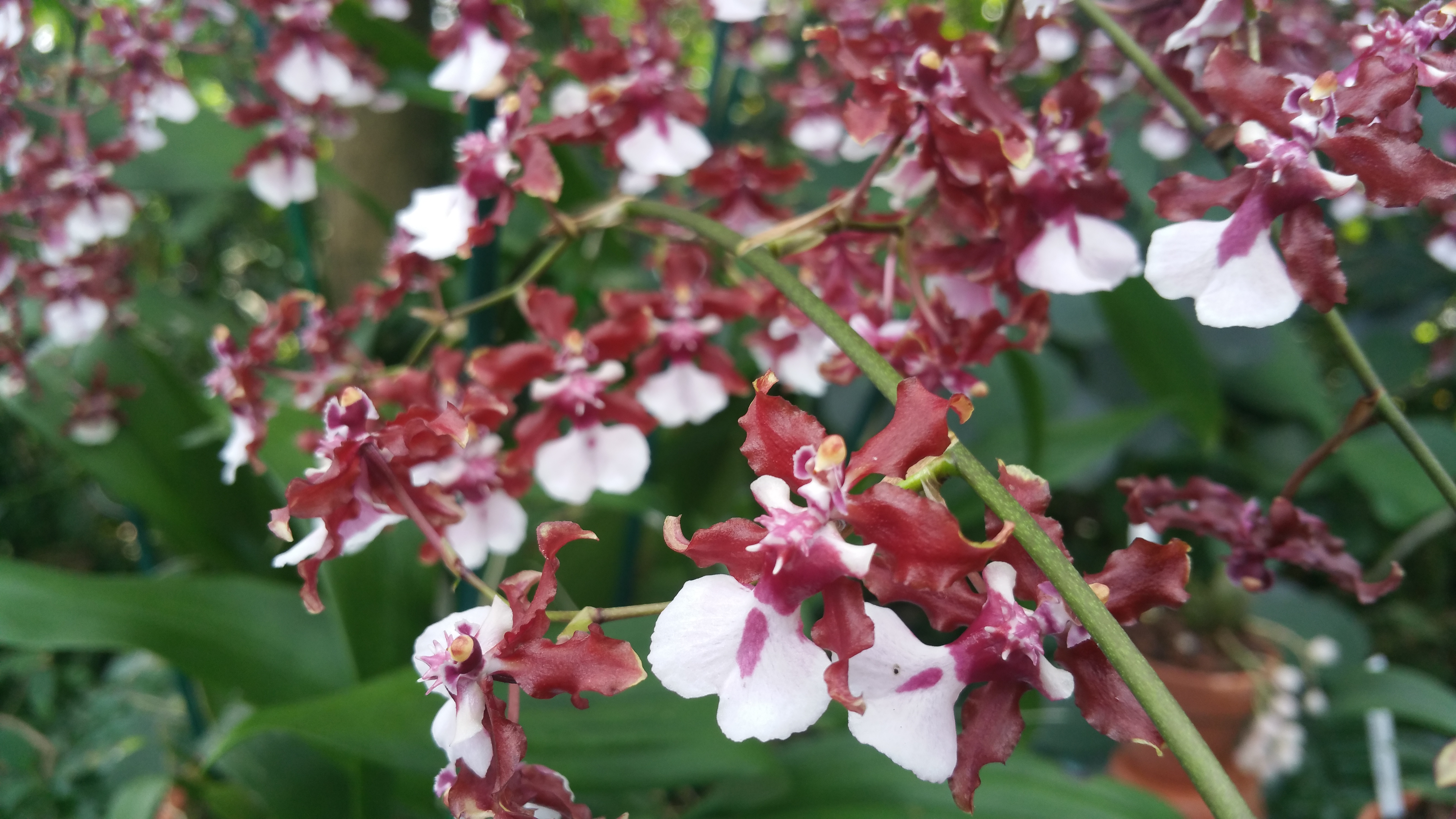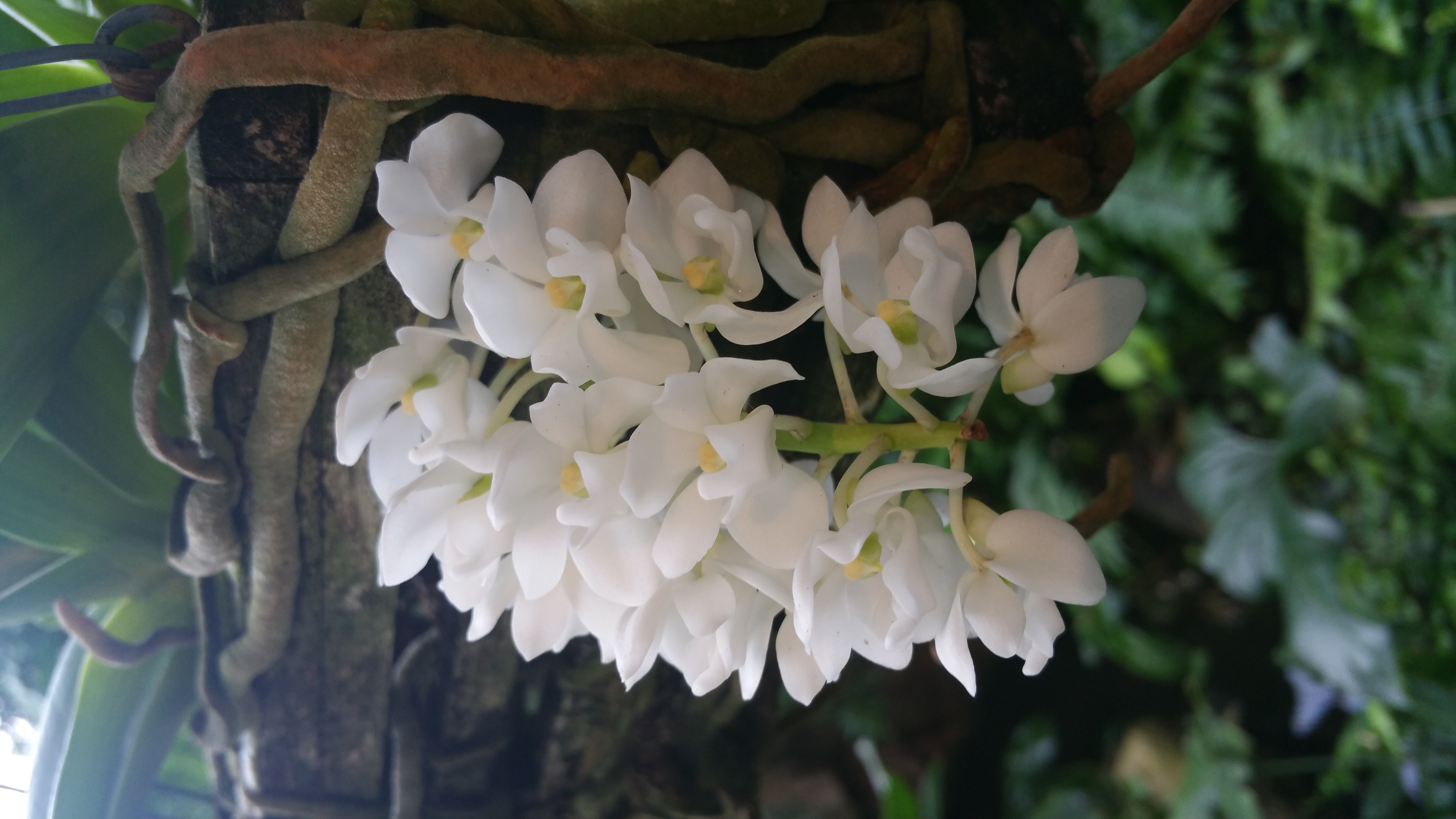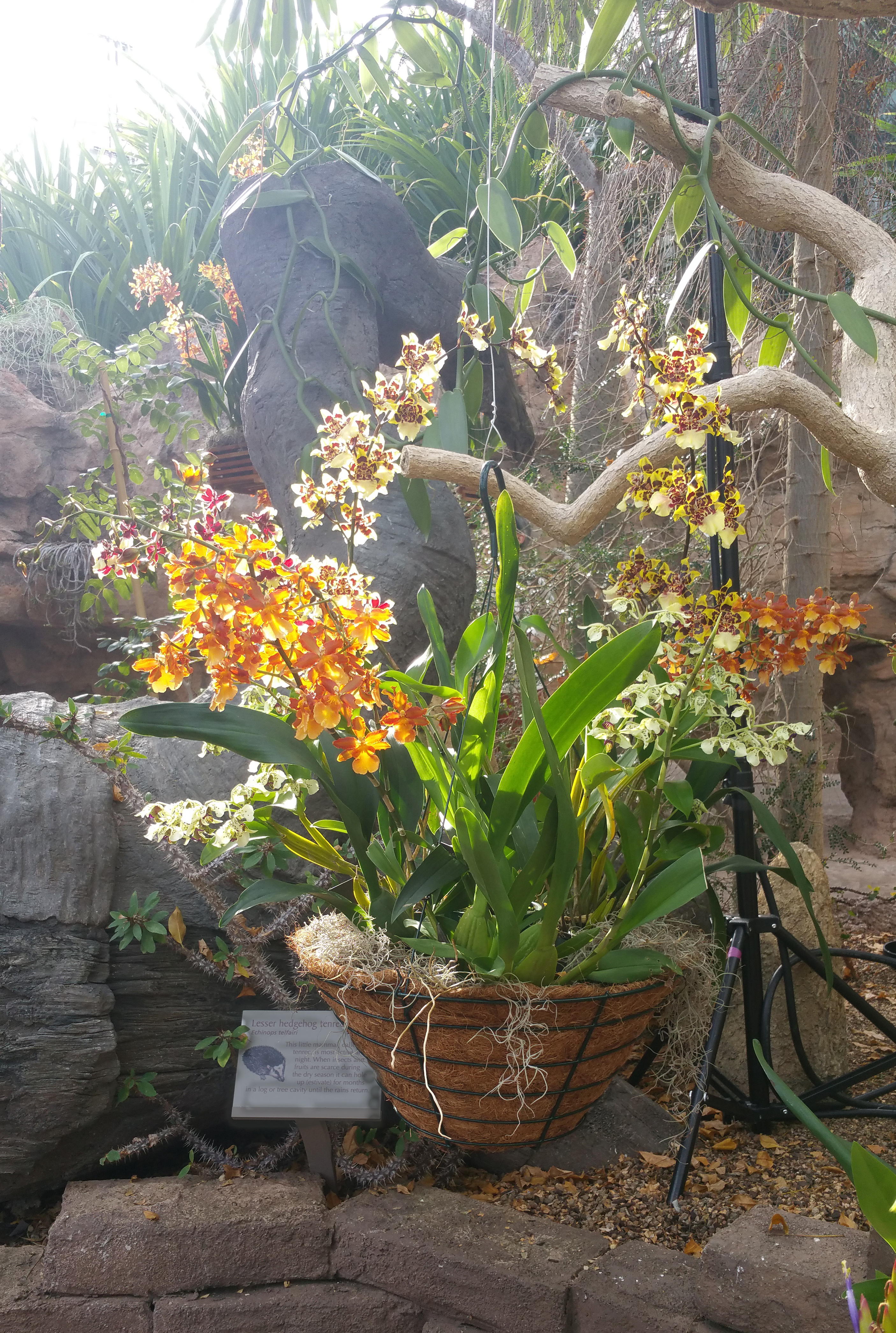Announcement of Upcoming Events and Purposeful Actions
Home Permaculture Design Short Course
March 2nd to April 20th
Thursdays – 7:30 to 9 PM
First Unitarian Church of Cleveland
Shaker Boulevard, Shaker Heights
Given by: Green Paradigm Partners: Tom Gibson and Elsa Johnson (216) 932 – 8733
Eight week short course introduces students to permaculture concepts including soil building and soil conservation,on site water retention – rain barrels and cisterns, swales, raingardens, & more, pollinator attracting plants, attracting and keeping beneficial insects, plant polycultures, incorporating native plants in the garden, plants you didn’t know were edible, plant layering and edges as design principles, hands-on practice of landscape design.
Native Plants for the Home Landscape
February 16 at 6:30 with Garrett Ormiston
at Cleveland Museum of Natural History-Tickets
Participants will learn about the threats that invasive plants pose to our natural areas and gardens, and the many advantages to using native plants as an alternative. Discussions will include how to make responsible plant choices in your home landscaping, planting native plants in a deer-dominated landscape, using native plants to attract native pollinators, and detailed information about the many different native plants that you can consider for your home gardening projects. Information learned in this presentation will lead up to our March workshop, “Designing Landscapes using Native Plants”.
Tuesday, February 28, 2017 10:00am to noon
Cleveland Museum of Natural History
Email Carol Provan regarding tickets: carolprovan911@gmail.com
Vertical gardening has become trendy in recent years, a movement led by Patrick Blanc. Special patented techniques enable him to explore new territory and create artistic, soil-less gardens on the exteriors and interiors of museums, hotels, corporations and homes of the ultra-wealthy. He is in demand among an international cadre of architects, developers, and environmental groups, but is just as pleased to be invited to Cleveland by the Shaker Lakes Garden Club.
Washington DC on April 29
|
There is no denying it: Donald Trump’s election is a threat to the future of our planet, the safety of our communities, and the health of our families.
This new administration is attacking the hard-won protections of our climate, health, and communities, and the rights of people of color, workers, indigenous people, immigrants, women, LGBTQIA, young people, and more.
If the policies he proposed on the campaign trail are implemented, they will destroy our climate, decimate our jobs and livelihoods, and undermine the civil rights and liberties won in many hard fought battles.
Join Catherine Feldman and Elsa Johnson in forming a Gardenopolis Cleveland contingent!
NOW is the time for us to contribute to saving the environment. We hope the following list will facilitate your donations.
Our next few posts will list some city and state organizations.
National Environmental Organizations
(thank you EarthEasy for these recommendations)
UCS maintains a national network of nearly 17000 scientists who believe “rigorous analysis is the best way to understand the world’s pressing problems and develop effective solutions to them.” UCS’s findings and statements are frequently quoted by major news sources; they have become a recognized and respected voice of environmental advocacy. Their work focuses on clean energy solutions, global warming, and the puzzles of large-scale food production. UCS’s testimony has been instrumental in several pieces of important green legislation.
Called “One of the nation’s most powerful environmental groups” by the New York Times, NRDC combines “the grassroots power of 1.4 million members and online activists with the courtroom clout and expertise of more than 350 lawyers, scientists and other professionals”. This time of year, NRDC offers holiday-ready “green gifts”: your donation results in a gift card describing the action it supports, such as “adopt a wolf in Yellowstone” or “save an acre of whale nursery” to add a tangible meaning to a personalized gift.
Known for their annual “Dirty Dozen” list revealing the highest (and lowest) pesticide concentrations in conventionally-grown produce, EWG is known for researching and spreading awareness regarding toxic chemicals, sustainable versus exploitative agricultural practices, consumer product safety, and corporate accountability. Right now, EWG promises that monetary gifts will be doubled through a matching campaign. This is a good pick for those with a passion for clean food.
 Made famous in the 1970’s and 80’s for its seafaring bands of activists peacefully accosting whaling ships and exposing covert nuclear testing, today’s Greenpeace describes climate change as “the number one threat facing our planet”. Greenpeace has not lost its passionate idealism, maintains its corporate integrity, and still inspires many to urgent, hopeful direct action. Courageous efforts by small groups of concerned individuals have influenced governments in the past, as with Greenpeace’s inaugural efforts to stop nuclear testing at Amchitka Alaska.
Made famous in the 1970’s and 80’s for its seafaring bands of activists peacefully accosting whaling ships and exposing covert nuclear testing, today’s Greenpeace describes climate change as “the number one threat facing our planet”. Greenpeace has not lost its passionate idealism, maintains its corporate integrity, and still inspires many to urgent, hopeful direct action. Courageous efforts by small groups of concerned individuals have influenced governments in the past, as with Greenpeace’s inaugural efforts to stop nuclear testing at Amchitka Alaska.
Friends of the Earth describes itself as a “bold and fearless voice for justice and the planet”. Recent campaigns have targeted bee-killing neonicotinoid pesticides, “dirty” tar sands oil extraction, and the environmental devastation of palm oil production. Those who oppose widespread adoption of nanotechnology, genetically engineered foods, and human gene patenting will appreciate FOE’s clear stance and advocacy.
Rainforest Alliance has gained public recognition with their independent certification of common rainforest products, such as chocolate, coffee, bananas, and tea. Producers must meet strict sustainability standards to gain certification. The Alliance also works with foresters and the tourism industry in ecologically vulnerable areas. Their website offers consumer and traveler information, helping us work together to steward some of the most biodiverse, threatened, and globally critical habitats.
Earthjustice is clear about its reason for being: “Because the earth needs a good lawyer”. Beginning as a Sierra Club team mounting a lawsuit to preserve an isolated California valley from development as a Disney ski resort, Earthjustice has become an independent crusade focusing on high-impact, precedent-setting battles. These are dedicated, experienced lawyers taking on the David-and-Goliath fights many of us feel powerless to influence. Donating here is one approach to evening the scales between the “big bucks” of large corporate interests and the often woefully underfunded voice of our struggling ecosystem.
 “Ocean Conservancy works to keep the ocean healthy, to keep us healthy.” Current areas of focus include addressing ocean acidification, restoration and oil-spill recovery in the Gulf of Mexico, and protecting the Arctic ecosystem from damage by increased shipping and oil and gas exploration. In the words of Jacques Cousteau, “The sea, the great unifier, is man’s only hope. Now, as never before, the old phrase has a literal meaning: we are all in the same boat.”
“Ocean Conservancy works to keep the ocean healthy, to keep us healthy.” Current areas of focus include addressing ocean acidification, restoration and oil-spill recovery in the Gulf of Mexico, and protecting the Arctic ecosystem from damage by increased shipping and oil and gas exploration. In the words of Jacques Cousteau, “The sea, the great unifier, is man’s only hope. Now, as never before, the old phrase has a literal meaning: we are all in the same boat.”
One Earth Island proponent describes the group as “a community of creative activists with a great track record and cutting edge worldview.” E.I.I. nourishes ambitious fledgling projects, giving them fuel to thrive and potentially become independent nonprofits, such as Rainforest Action Network and Salmon Protection and Watershed Network. The California-based organization has several locally-focused initiatives under its wing, as well as international projects like the Center for Safe Energy and the Plastic Pollution Coalition, among many others. Supporters can pick and choose which project they’d like to fund. It’s a big strong umbrella under which you can still aim your support at a highly specific goal.
Another household name, the Sierra Club has a popular reputation as less radical than Greenpeace, less likely to cause arguments at the family dinner table. Political lobbying and legislative advocacy have always been central to Sierra Club’s mission. Today the Club focuses on moving beyond fossil fuel dependency and preserving wild spaces from harmful development, as well as offering their signature wilderness trek experiences to individuals across the country.

Some of our other favorites:
“Environmental Defense Fund’s mission is to preserve the natural systems on which all life depends.
Guided by science and economics, we find practical and lasting solutions to the most serious environmental problems.”
“The mission of The Nature Conservancy is to conserve the lands and waters on which all life depends.
Our vision is a world where the diversity of life thrives, and people act to conserve nature for its own sake and its ability to fulfill our needs and enrich our lives.”
“The Xerces Society for Invertebrate Conservation is an international nonprofit organization that protects wildlife through the conservation of invertebrates and their habitats. We take our name from the now extinct Xerces Blue butterfly (Glaucopsyche xerces), the first butterfly known to go extinct in North America as a result of human activities.”
“Yale Environment 360 is an online magazine offering opinion, analysis, reporting, and debate on global environmental issues. We feature original articles by scientists, journalists, environmentalists, academics, policy makers, and business people, as well as multimedia content and a daily digest of major environmental news.”
“Mother Jones is a reader-supported nonprofit news organization. We do independent and investigative reporting on everything from politics and climate change to education and food (plus cat blogging). Some 9 million people come to this site each month. We also publish an award-winning, 200,000-circulation magazine, we just launched a new podcast, and you can follow us on Facebook and Twitter.”
No Compromise in Defense of Mother Earth
“The very future of life on Earth is in danger. Human activities—from hunting to habitat destruction—have already driven countless species to extinction, and the process is only accelerating. The destruction of the Earth and its sustainable indigenous cultures has led to tragedy in every corner of the globe.”
“National Wildlife Federation is a voice for wildlife, dedicated to protecting wildlife and habitat and inspiring the future generation of conservationists.”
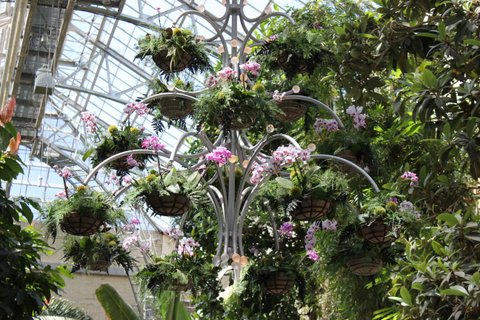
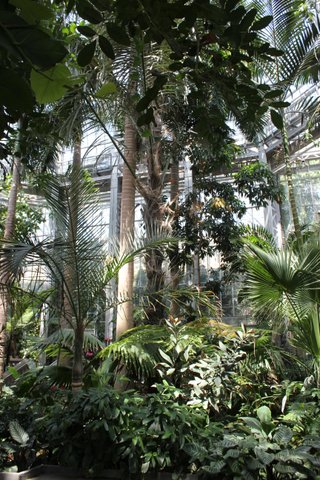
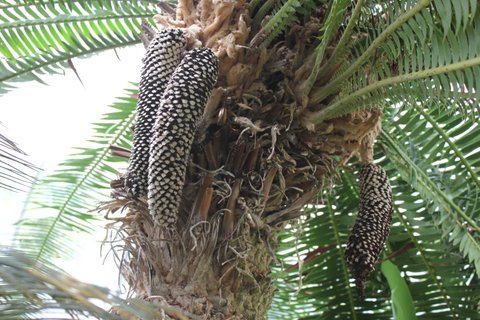
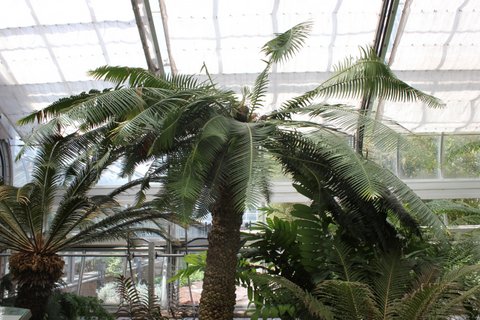
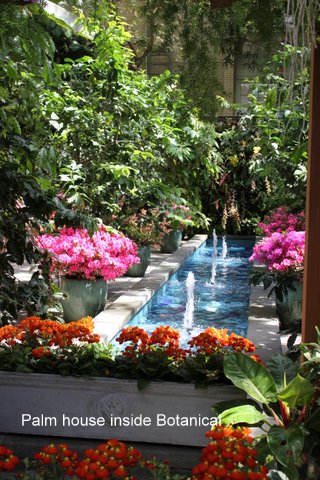
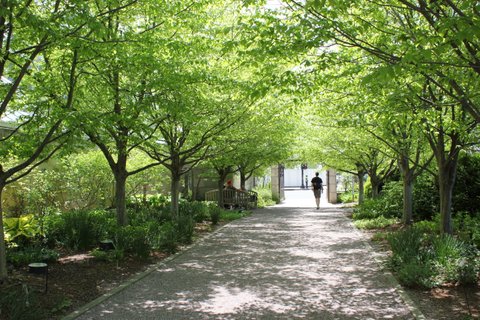
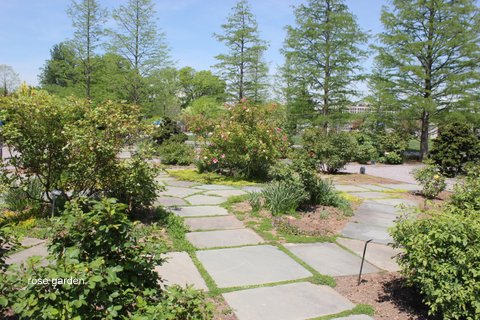
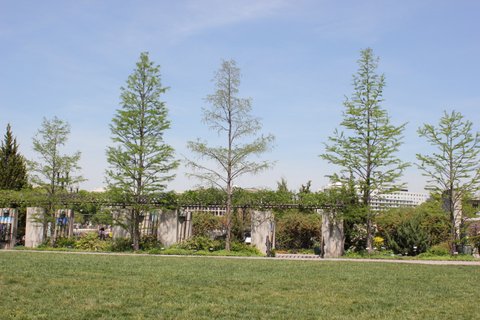
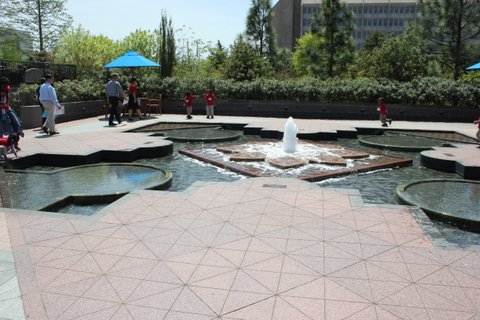
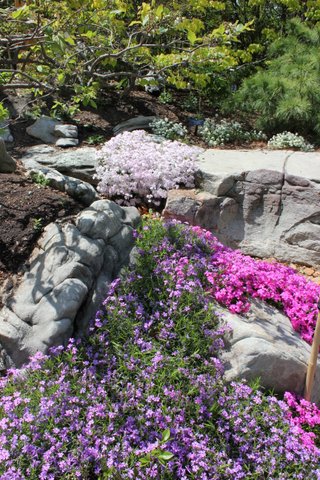
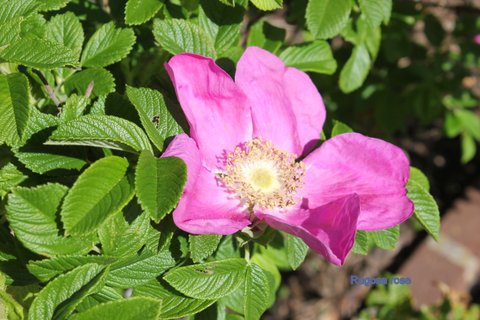
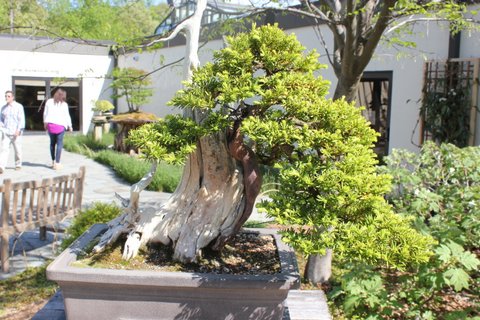

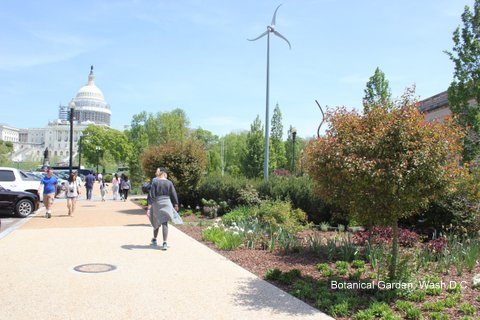
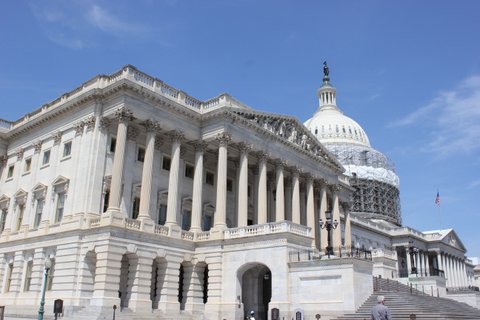
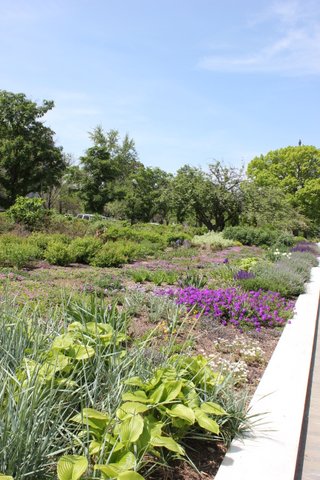
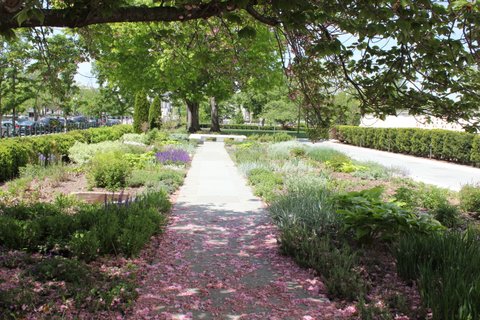
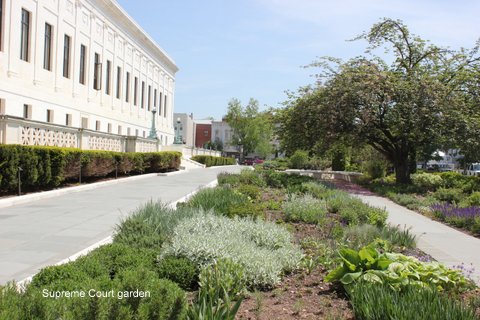
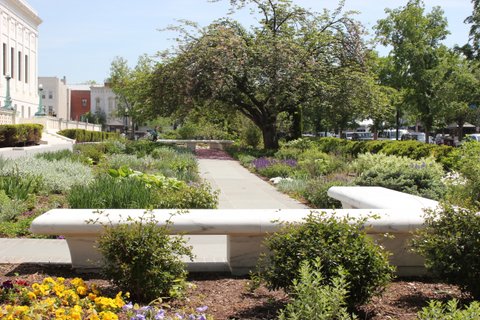
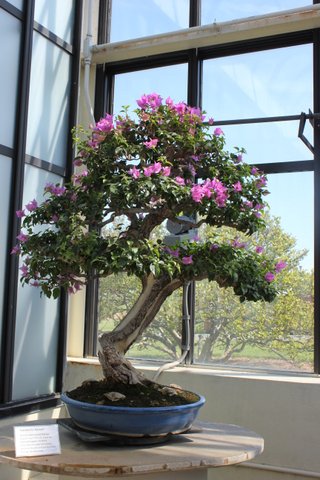
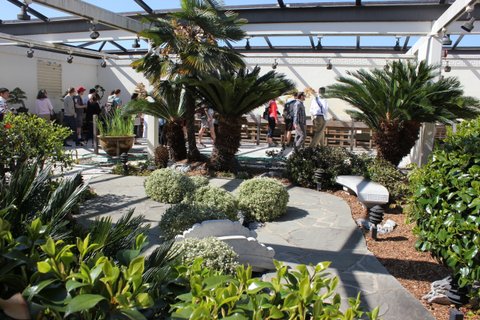
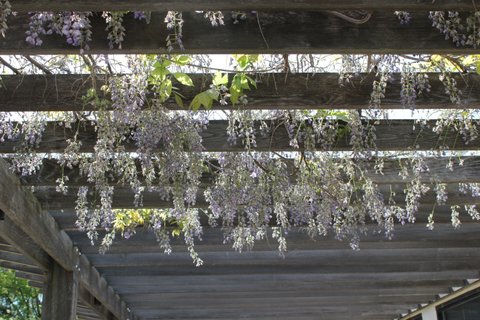
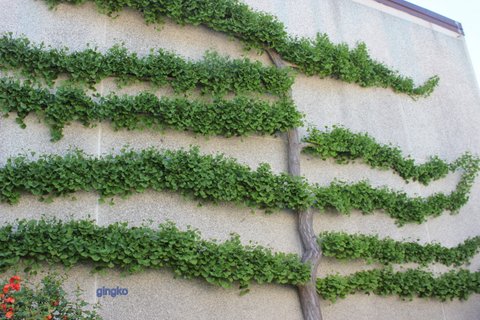
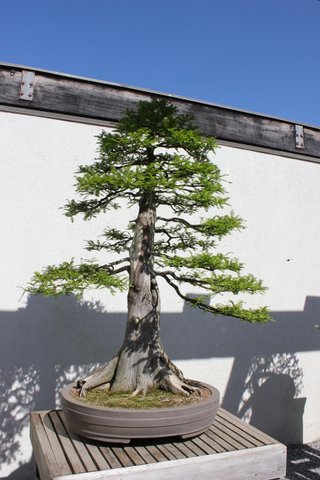
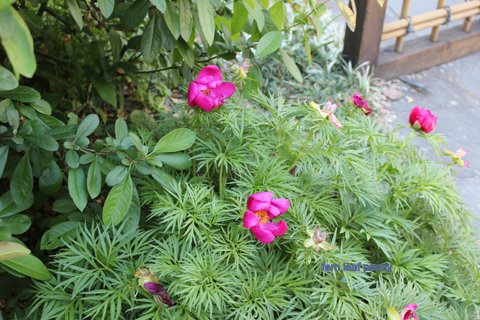
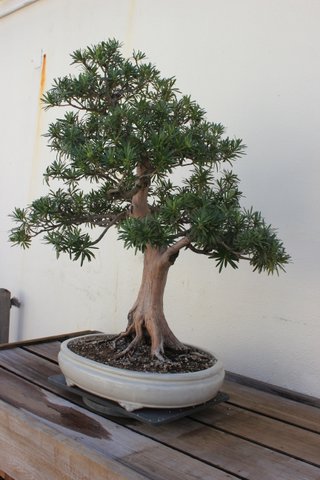
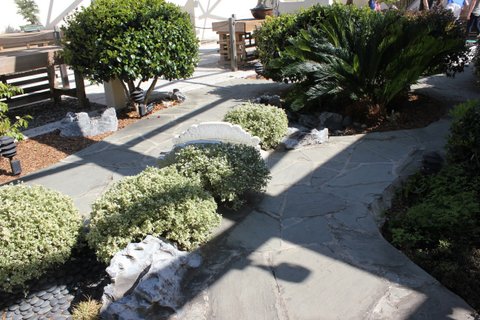
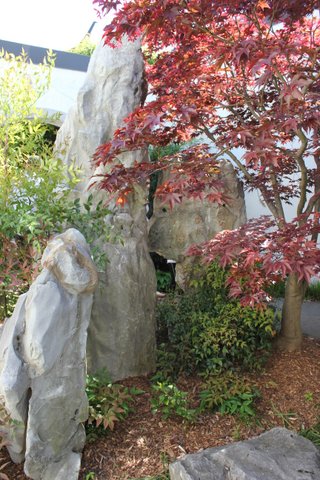
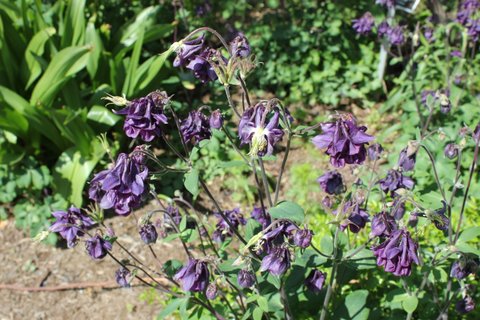
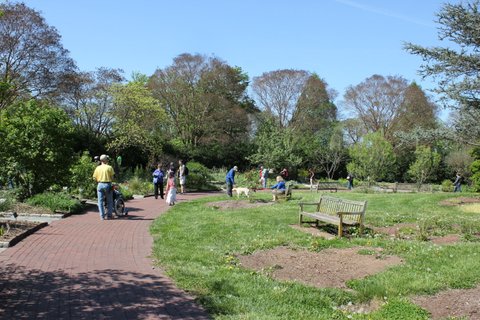
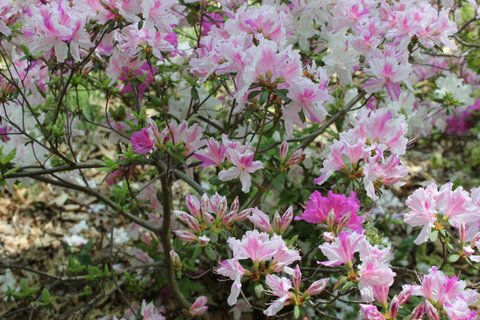
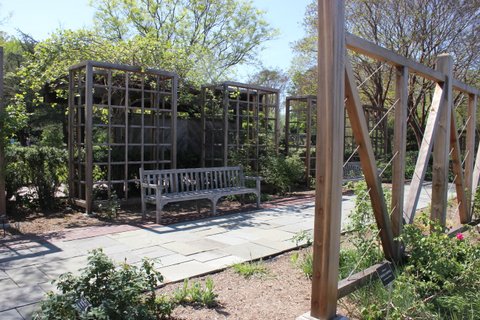
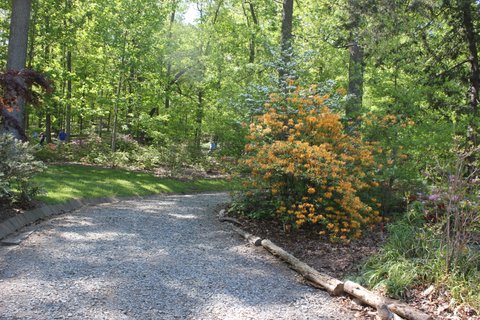
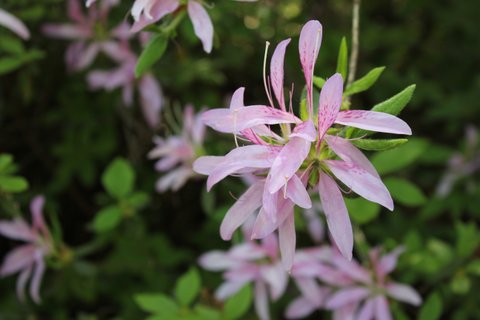
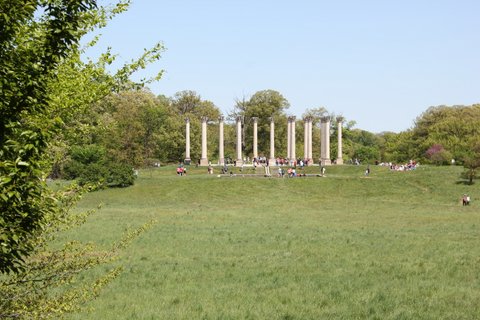
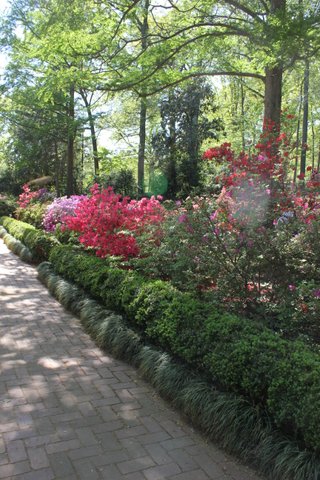
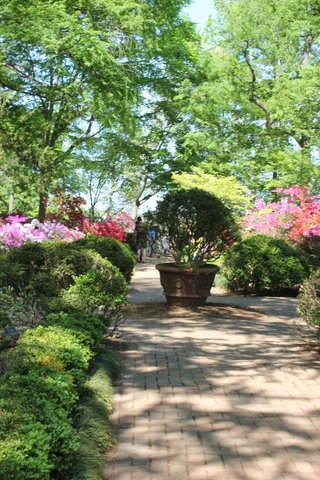
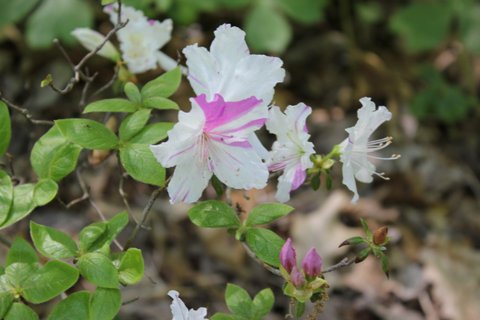
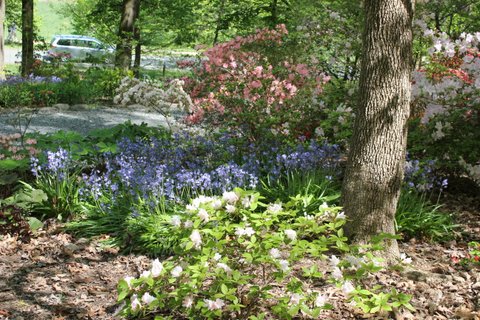
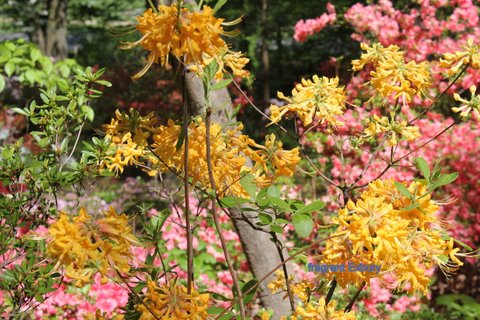
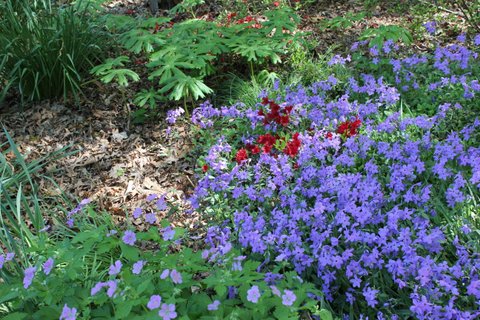
 Made famous in the 1970’s and 80’s for its seafaring bands of activists peacefully accosting whaling ships and exposing covert nuclear testing, today’s Greenpeace describes climate change as “the number one threat facing our planet”. Greenpeace has not lost its passionate idealism, maintains its corporate integrity, and still inspires many to urgent, hopeful direct action. Courageous efforts by small groups of concerned individuals have influenced governments in the past, as with Greenpeace’s inaugural efforts to stop nuclear testing at Amchitka Alaska.
Made famous in the 1970’s and 80’s for its seafaring bands of activists peacefully accosting whaling ships and exposing covert nuclear testing, today’s Greenpeace describes climate change as “the number one threat facing our planet”. Greenpeace has not lost its passionate idealism, maintains its corporate integrity, and still inspires many to urgent, hopeful direct action. Courageous efforts by small groups of concerned individuals have influenced governments in the past, as with Greenpeace’s inaugural efforts to stop nuclear testing at Amchitka Alaska. “Ocean Conservancy works to keep the ocean healthy, to keep us healthy.” Current areas of focus include addressing ocean acidification, restoration and oil-spill recovery in the Gulf of Mexico, and protecting the Arctic ecosystem from damage by increased shipping and oil and gas exploration. In the words of Jacques Cousteau, “The sea, the great unifier, is man’s only hope. Now, as never before, the old phrase has a literal meaning: we are all in the same boat.”
“Ocean Conservancy works to keep the ocean healthy, to keep us healthy.” Current areas of focus include addressing ocean acidification, restoration and oil-spill recovery in the Gulf of Mexico, and protecting the Arctic ecosystem from damage by increased shipping and oil and gas exploration. In the words of Jacques Cousteau, “The sea, the great unifier, is man’s only hope. Now, as never before, the old phrase has a literal meaning: we are all in the same boat.”
